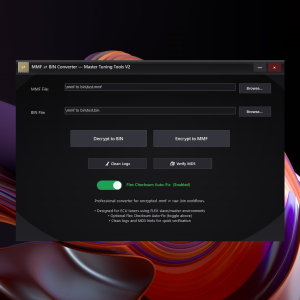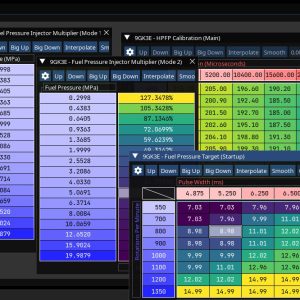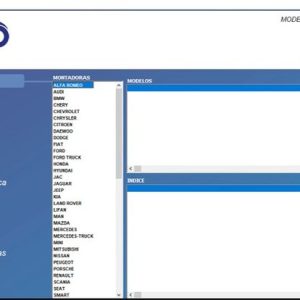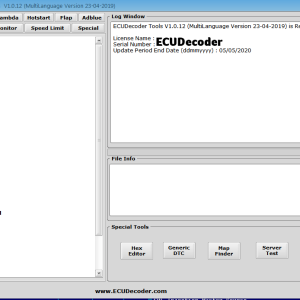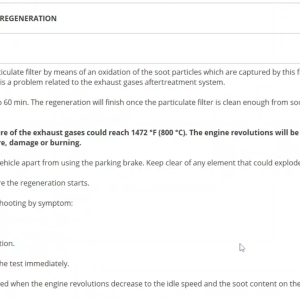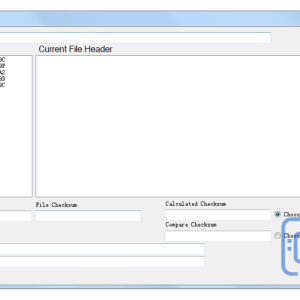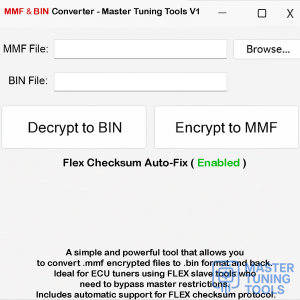What is Stage 1 Tuning? 🚗
Stage 1 tuning refers to the initial level of performance enhancement for vehicles, primarily achieved through ECU remapping. This process modifies the engine’s software parameters to optimize performance without requiring significant hardware changes.
Key Features of Stage 1 Tuning 🔧
- ➡️ ECU Remapping: Adjusts fuel maps, ignition timing, and boost levels to enhance power output.
- ➡️ Improved Throttle Response: Enhancements lead to a more responsive driving experience.
- ➡️ Fuel Efficiency: Optimized settings can lead to better fuel consumption under certain driving conditions.
Benefits of Stage 1 Tuning ✅
- ➡️ Increased Horsepower: Typical gains range from 10% to 30%, depending on the vehicle.
- ➡️ Torque Improvement: Enhanced torque delivery improves acceleration.
- ➡️ Cost-Effective: Requires minimal investment compared to higher tuning stages.
Considerations Before Tuning ❌
- ➡️ Warranty Implications: Tuning may void manufacturer warranties.
- ➡️ Fuel Quality: Higher performance may require higher octane fuel.
- ➡️ Legal Regulations: Ensure compliance with local emissions standards.
How Stage 1 Tuning Works 🛠️
Stage 1 tuning typically involves the following steps:
- ➡️ Diagnostic Check: Use diagnostic tools to assess the vehicle’s current performance and health.
- ➡️ ECU Remapping: Utilize specialized software to modify the ECU settings.
- ➡️ Testing: Conduct road tests to evaluate performance improvements.
Real-World Examples 🚀
Many vehicles benefit significantly from Stage 1 tuning, such as:
- ➡️ Volkswagen Golf GTI: Gains of up to 50 hp and improved throttle response.
- ➡️ Ford Focus ST: Enhanced torque and power delivery, making it more engaging to drive.
Conclusion
Stage 1 tuning is an effective way to enhance your vehicle’s performance while maintaining reliability. By understanding the benefits and considerations, mechanics and tuners can make informed decisions to optimize their clients’ vehicles.

